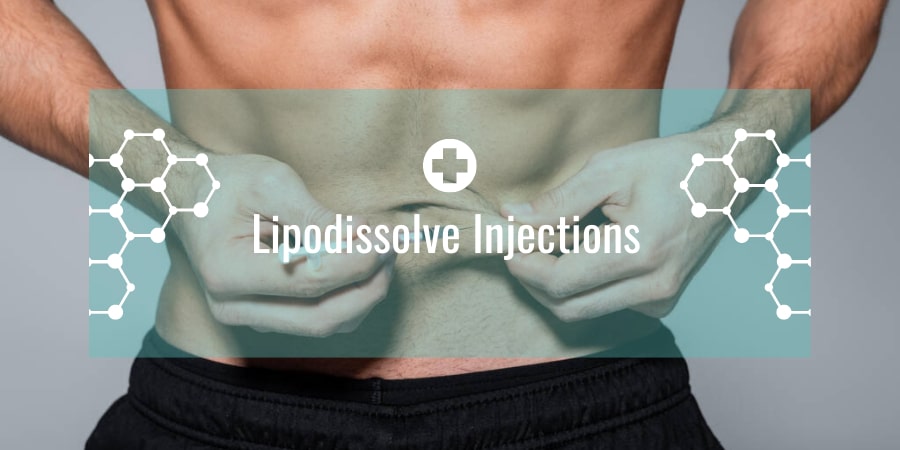In spite of all medical endeavors to persuade patients that healthy, risk free weight loss can only be achieved through moderate calorie intake and physical activity, people are more open than ever to new sweat-saving fat reducing techniques.
The reason is understandable; people who work out regularly know that fat burning, especially local fat burning can be really tough. Even if your weight is considered normal, if you have a genetically coded fat deposit somewhere, wobbly thighs, a cute muffin top or love handles, it will take toil to burn off.
What if you could get rid of your undesired fat reserves with a few injections? Lipodissolve, also labeled as injection lipolysis, has been around for a while in the fat-banishing market. Enough time to draw some scientific conclusions and raise some concerns about their efficiency.
Table of Contents
What is Lipodissolve?
Lipodissolve includes a series of mesotherapy sessions at a doctor’s office, cosmetic center or medi-spa, where a special chemical mixture is injected into the subcutaneous fat accumulated at any part of the body. The chemical supposedly dissolves the major part of the fat it meets after repeated treatments. The substances have a liquefying effect on fat, which is then supposedly excretes from the body in the same way as fat you have eaten.
The mixture is a combination of herbs, minerals and vitamins with either of the two natural substances: phosphatidylcholine (a soy bean compound) and deoxycholate.
Lipodissolve is offered as a non surgical way to body contouring to replace minor liposuction surgeries. Patients however should be aware that this treatment does not replace other, traditional weight loss techniques, but may contribute to accelerate the fat burning metabolism at stubborn, unresponsive areas. The fat reduction results become visible within 6-8 weeks of the treatment and are supposed to be permanent.
The Controversy Over Lipodissolve Injections
Talking about efficiency we will find scarce legitimate, scientific data, which otherwise mostly supports its effectiveness in treating smaller areas of fatty tissue.
However, recorded complications abound, some of which are unpredictable:
- Fever, sweating, dizziness, swelling, lumps under the skin
- Tissue damage and death, inflammation, infection and disfigurement of the affected area
- Fat accumulated in the liver or in the blood
- Unapproved, unregulated fat burning substance
Dermatologists and plastic surgeons have expressed their concern about injection lipolysis, as patients most of the time cannot be sure what the injections contain. The FDA in the U.S. does not approve of the substances and the production of the ingredients is not regulated properly. Lipodissolve agents still await testing and controlled clinical trials before they can be used commercially with safety.
What Should You Be Careful About?
If you decide to give the treatment a try some precautions to take:
- Visit a reputable doctor who works with relatively safe substances in a sterile environment
- There must be a well-founded treatment plan made with substance amounts calculated
- Inform the doctor about your medical history
Lipodissolve Cost
Costs may vary with the location, the prestige of the venue, and naturally with the number of lipodissolve injections administered; a body part can cost between $200 and $800 depending on the extension of the body part treated. Injection lipolysis is not available in every country and its use is strictly limited in some countries
